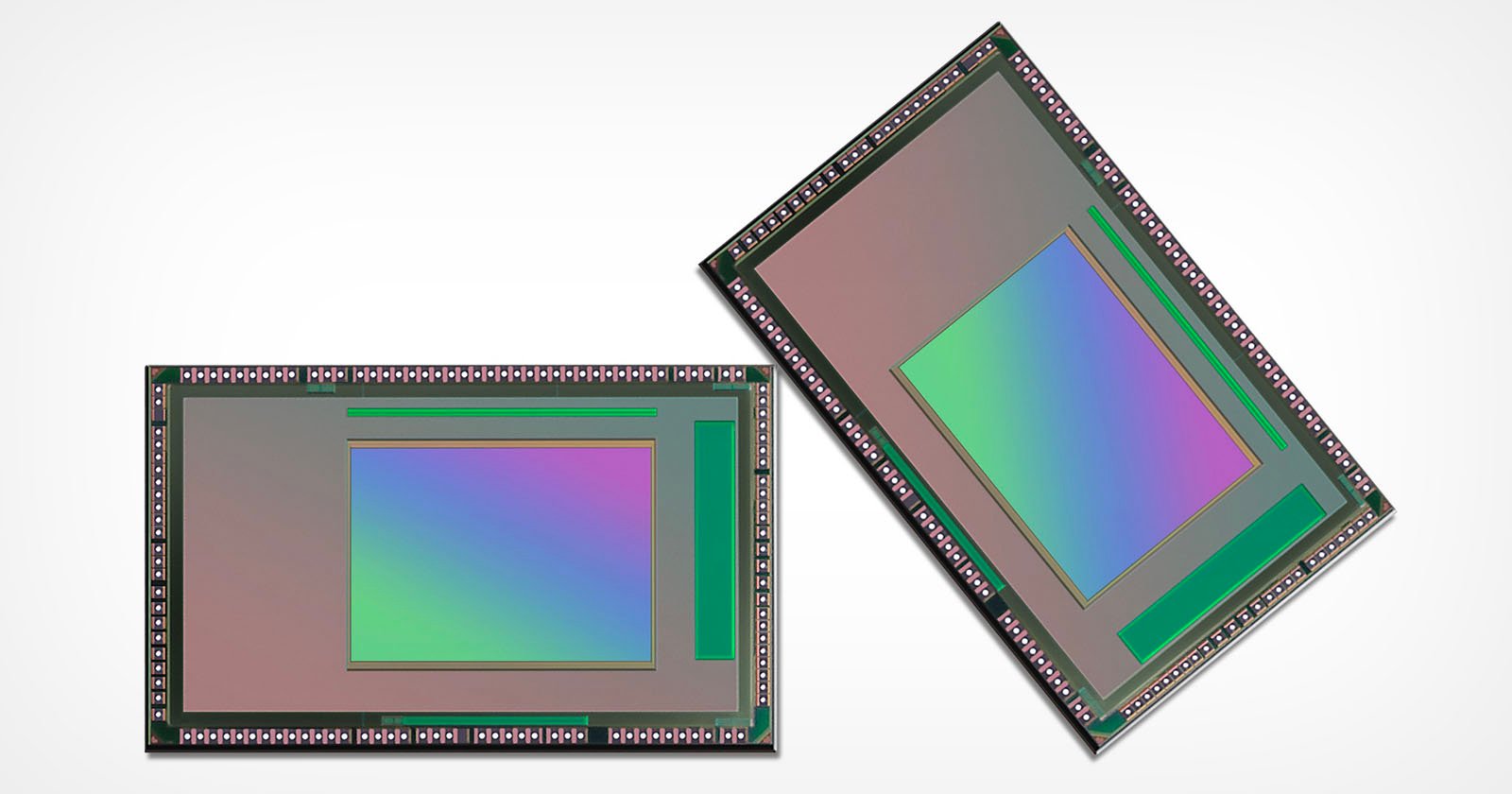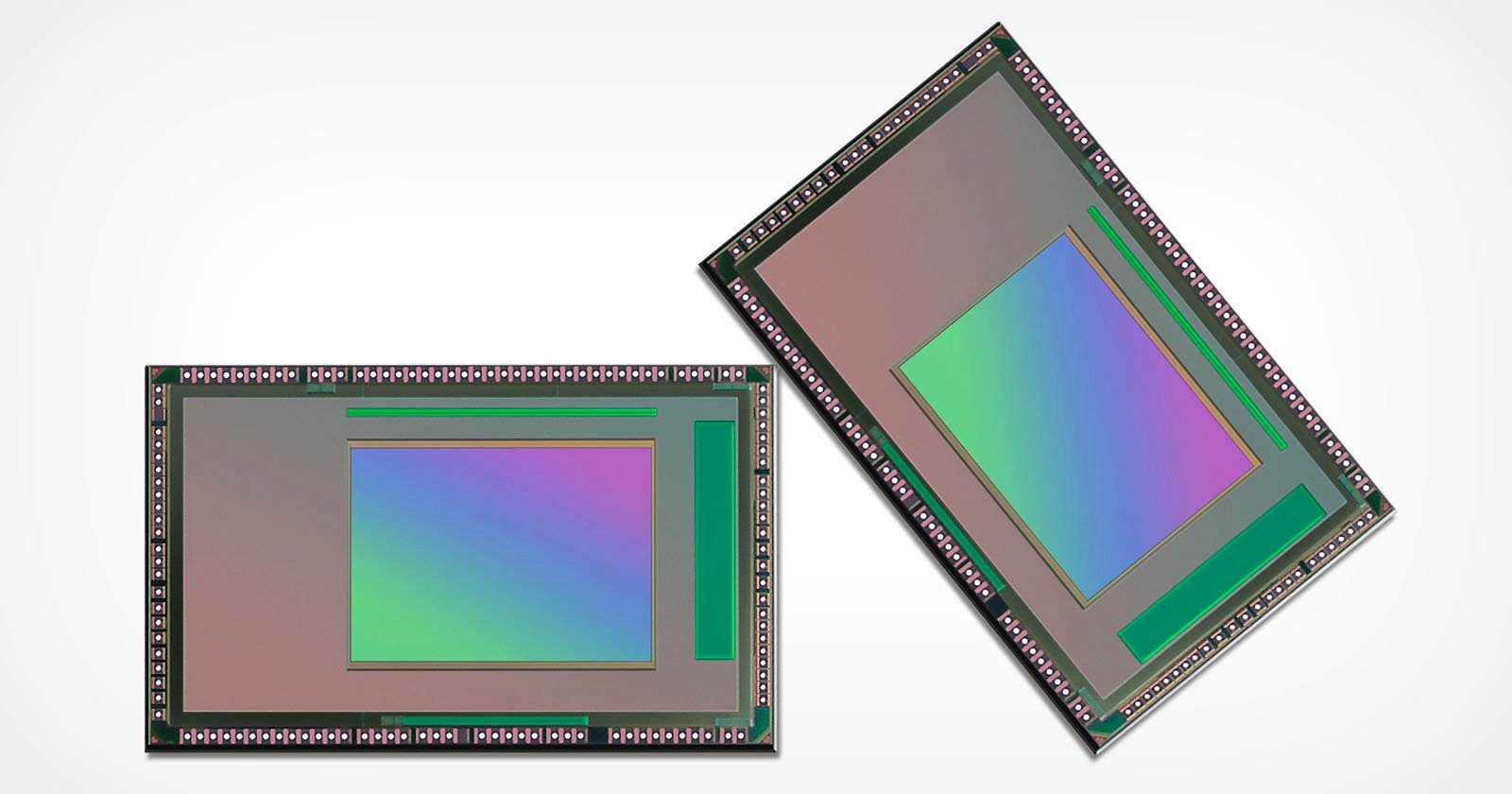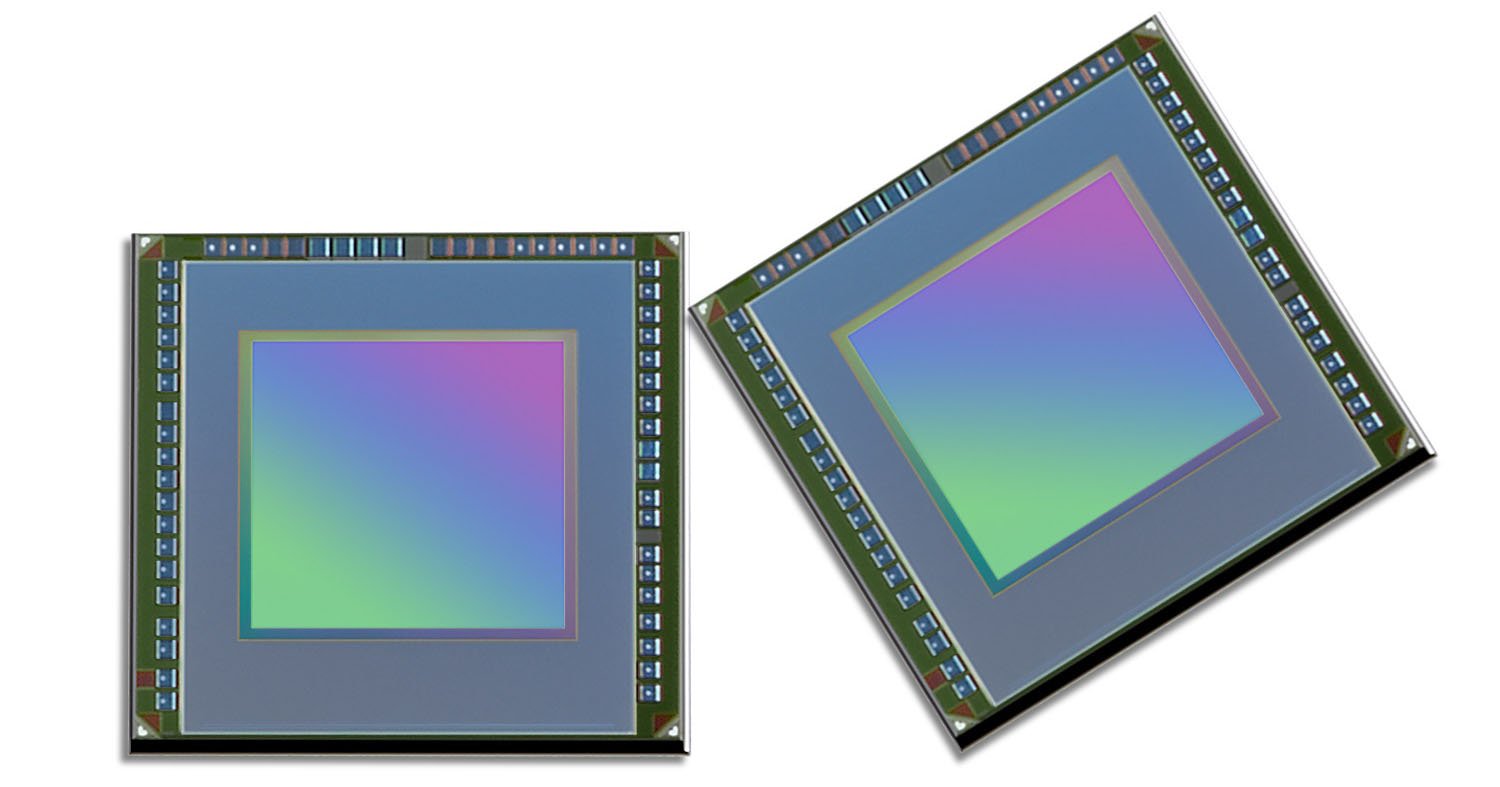

Samsung unveiled two new Isocell Vizion image sensors for robotics and extended reality (XR) applications.
The Isocell Vizion 63D is a time-of-flight (ToF) image sensor, while the Isocell Vizion 931 sports a global shutter image sensor. These sensors are the latest in Samsung’s Vizion line of ToF and global shutter sensors, first announced in 2020. The Vizion lineup is designed with next-generation mobile, commercial, and industrial use cases in mind.
“Engineered with state-of-the-art sensor technologies, Samsung’s Isocell Vizion 63D and Isocell Vizion 931 will be essential in facilitating machine vision for future high-tech applications like robotics and extended reality (XR),” says Haechang Lee, Executive Vice President of the Next Generation Sensor Development Team at Samsung Electronics. “Leveraging our rich history in technological innovation, we are committed to driving the rapidly expanding image sensor market forward.”
The Vizion 63D works similarly to how bats use echolocation to navigate in dim conditions. A ToF sensor measures distance and depth by calculating the amount of time it takes for emitted photons to travel to and back from an object in a scene. The Isocell Vizion 63D is an “indirect time-of-flight (iToF) sensor,” meaning it measures the “phase shift between emitted and reflected light to sense its surroundings in three dimensions.”
The sophisticated sensor is the first of its kind to integrate depth-sensing hardware into the image signal processor. The one-chip design enables 3D data capture without a seprate chip, thereby reducing the overall power demand of the system. The technology is still relatively new, so its resolution is not exceptionally high. The 63D processes QVGA (320×240) images at up to 60 frames per second. The sensor has 3.5-micron pixel size and can measure distances up to 10 meters from the sensor, double what it predecessor could achieve.

As for the Isocell Vizion 931, the global shutter sensor is designed to capture motion without rolling shutter artifacts, much like has been seen with Sony’s new a9 III full-frame interchangeable lens camera.
“Unlike rolling shutter sensors that scan the scene line by line from top to bottom in a ‘rolling’ manner, global shutter sensors capture the entire scene at once or ‘globally,’ similar to how human eyes see,” Samsung explains. “This allows the Isocell Vizion 931 to capture sharp, undistorted images of moving objects, making it well-suited for motion-tracking in XR devices, gaming systems, service and logistics robots as well as drones.”
The Vizion 931 boasts the industry’s highest quantum efficiency, joining the 63D, which makes the same claim in its specialized class of sensors.
While these sensors are unlikely to find their way into photography-oriented consumer products, it is always fascinating to learn about the newest advancements in image sensor technology. Samsung is sending samples of its new sensors to OEMs worldwide, so it won’t be long before they make their way into products of some kind.
Image credits: Samsung






